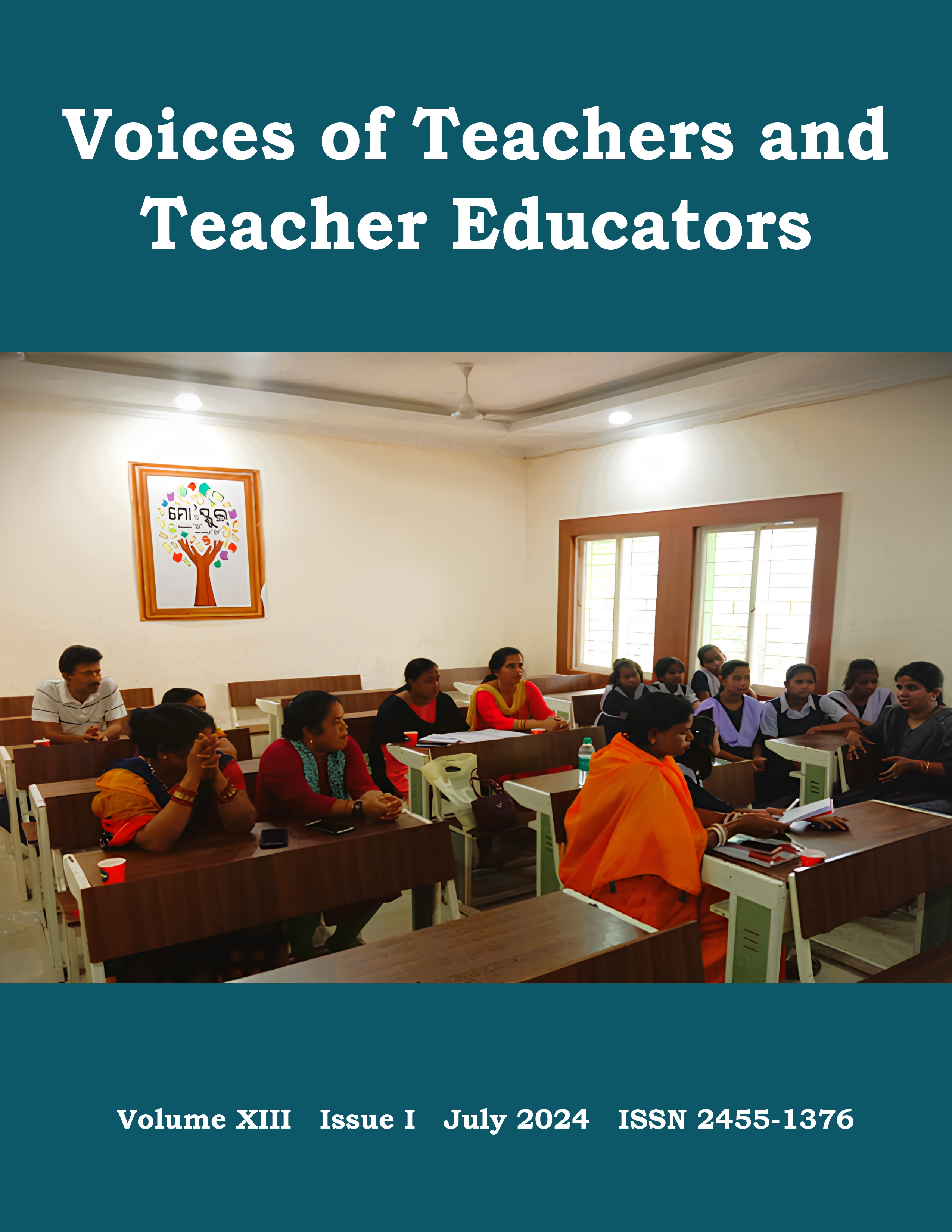Cultivating Equity: Analysing Access to Quality Education for Tribal Students in Eklavya Model Residential School
Published 2024-07-31
Keywords
- Eklavya Model Residential Schools (EMRSs),
- equity,
- teacher resourcing,
- rationing of opportunities,
- governance
- tribal schools ...More
How to Cite
Abstract
In 1997–98, the Government of India (GOI) established the Eklavya Model Residential School (EMRS), a residential education scheme to provide quality education to tribal children in remote areas of the country. This study focuses on the structure, governance, and resourcing patterns of EMRSs, especially the deployment of teachers, raising some equity concerns for the education of tribal communities. It also highlights flaws in the governance and resourcing patterns using cases of teacher recruitment, deployment, salaries and development in EMRSs. It further examines interstate and inter-district disparities, as well as differences in functioning between privately managed and government-managed schools, leading to inequalities. The study reveals how large-scale contractual teacher appointments lead to unequal teacher effectiveness, which significantly impacts student learning and affects the overall quality of education provided to tribal children compared to those studying in other government schools. The study highlights how the nature of appointment limits contractual and guest teachers to just being subject knowledge deliverers rather than contributing to the children’s holistic development. The inequalities in teacher resourcing and student learning are further affected by the lack of coordination between tribal societies at the state and district levels. Besides, the directorates of education at the state level, through State Councils of Educational Research and Training (SCERTs), District Institutes of Education and Training (DIETs) and other central government initiatives, deprive teachers of professional development opportunities, which subsequently deprive schools of the benefits that would otherwise reach children. Thus, it impacts the curriculum quality, and subsequently, the overall quality of education, resulting in schools that merely follow circulars and norms. But they miss the spirit of learning, deepening the inequalities faced by tribal and marginalised children.

